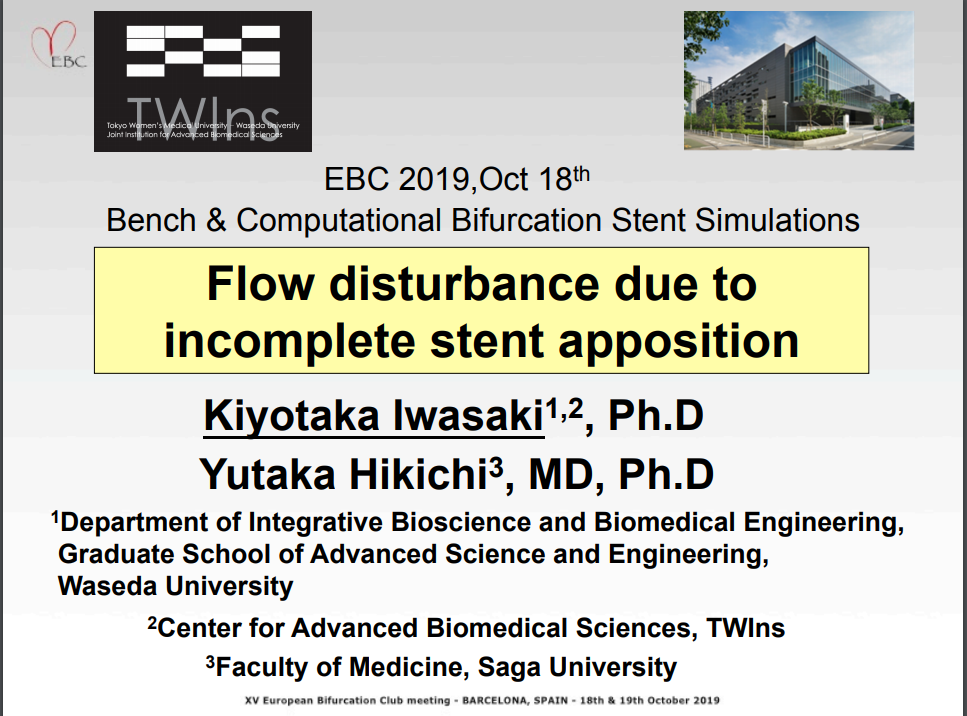Coronary CT Guided Left Main Bifurcation PCI
European Bifurcation Club 2019, EBC 2019 - Barcelona, Spain LM SESSION Coronary CT Guided Left Main Bifurcation PCI Author: Masaaki Okutsu, MD, New Tokyo Hospital, Chiba, Japan Introduction Current consensus of LMT bifurcation PCI recommends single stent strategy. However, LCX ostium has sometimes severe stenosis or occlusion after crossover stenting unexpectedly. There are some factors that affect to jailed LCX ostium. – MB plaque, SB plaque, low angle, and ...Calcification is one of them. Objective To investigate the relationship between calcium thickness at LMT bifurcation and LCX ostium deterioration after LMT-LAD crossover single stenting. Conclusion Coronary CT might be able to measure calcium thickness. Calcium thickness of ostial LAD might affect LCX ostium stenosis deterioration after crossover stenting from LMT to LAD.


